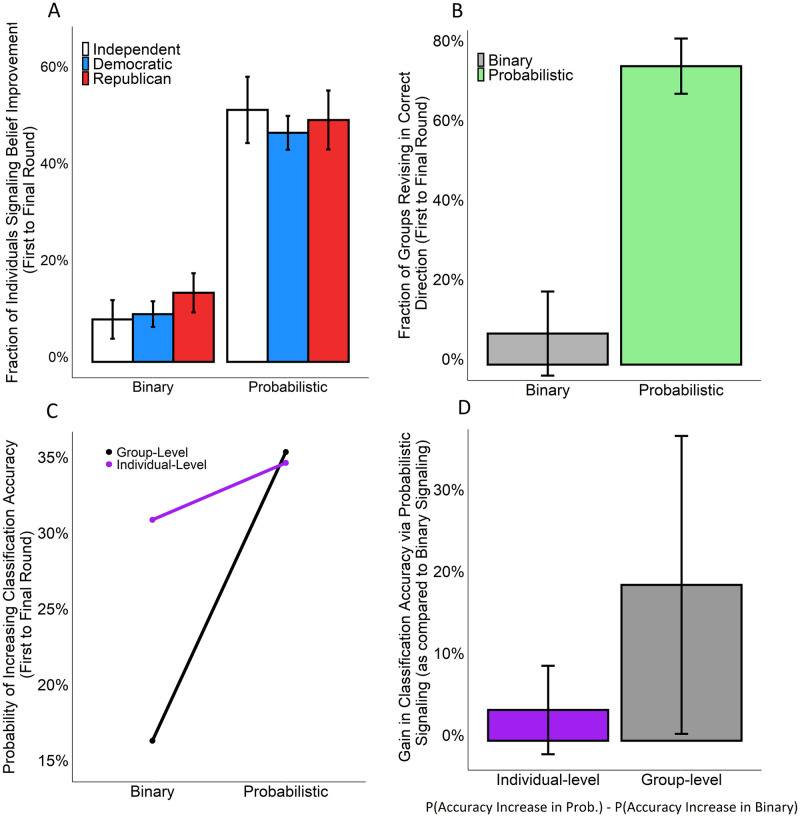Fig 2. Comparing conditions in terms of the benefits of social learning for individual and collective judgments of news veracity.
(A) The fraction of subjects signaling belief improvements (i.e., belief revisions in the correct direction), first to final round, split by partisanship and condition (averaged separately for each partisan group in each peer network). (B) The fraction of groups revising their collective judgments of news veracity in the correct direction, first to final round (measured at the question level in terms of the fraction of questions for which each group improved). (C) The probability of individuals and groups improving in their classification accuracy from first to final round (measured as the fraction of individuals and groups who were initially incorrect in their veracity classification but who became correct in their final veracity classification as a result of the communication process). (D) The gain in classification accuracy as a result of communication in the probabilistic as opposed to the binary condition, measured as the probability of an increase in classification accuracy in the probabilistic condition minus the probability of an increase in classification accuracy in the binary condition (positive values indicate that improvements were greater in the probabilistic condition). (A, N = 270; B, N = 45; C, N = 90; D, N = 90). Error bars indicate 95% confidence intervals. Prob., Probabilistic Condition.

